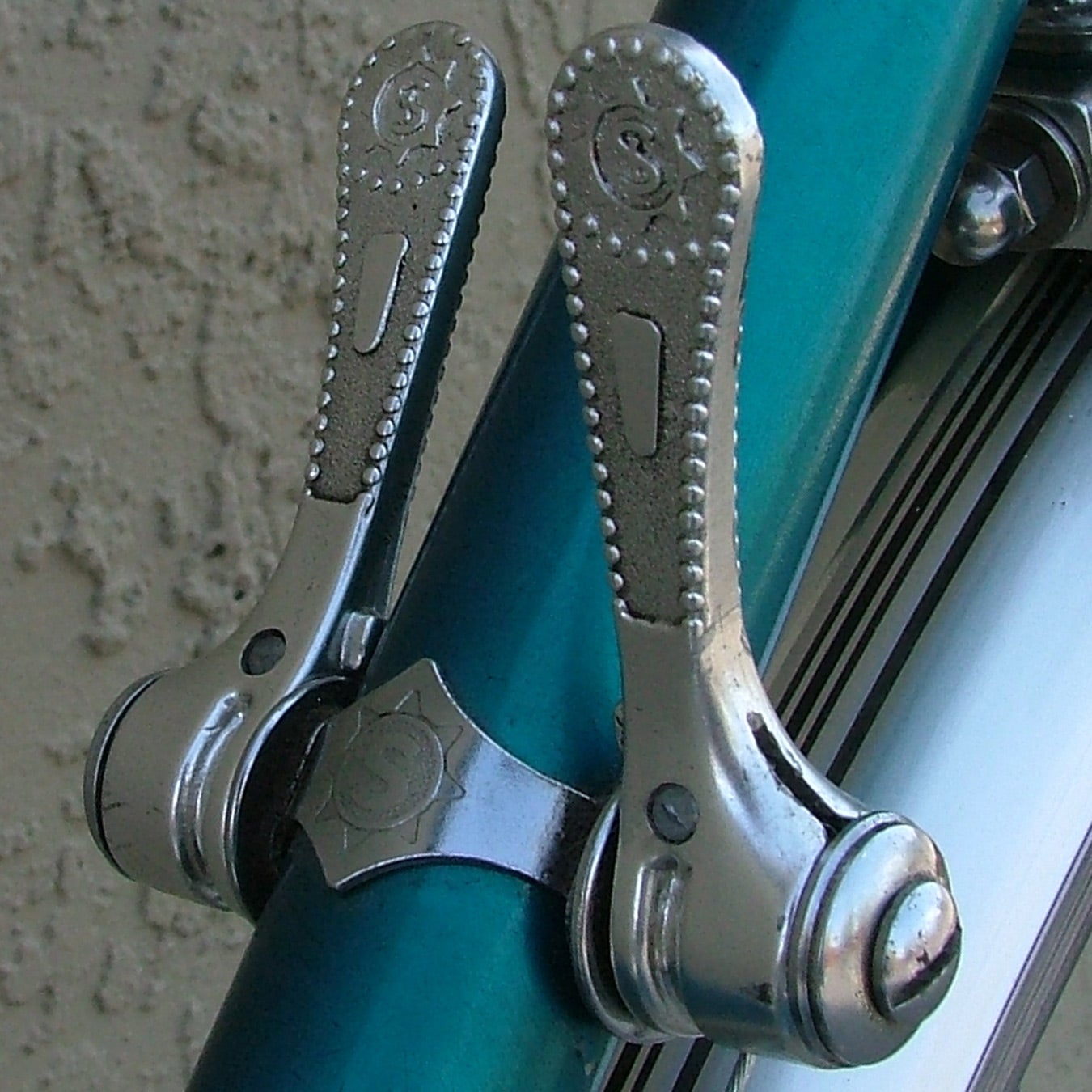Bicycle drivetrains have never been easier or more accurate. Thanks to electronic shifting, thereтАЩs no more fiddling with barrel adjusters to get everything dialed, and mis-shifts have become a thing of the past. Today, the perfect gear change is always just the push of a button away!
Today, bicycle drivetrains have never been more proprietary. In the days before indexed shifting, you could mix and match parts with ease. Your shifter didnтАЩt care which derailleur you used, and neither doohickey cared how many cogs your freewheel had, or which company manufactured it. Today, when you purchase a drivetrain, you are effectively locked into a single system. Now that the electronic drivertrain is replacing the cable-actuated one, if your battery runs out of juice, youтАЩre locked out completely.
Both opening paragraphs are true, so which one resonates with you?
Over the years IтАЩve ridden the waves of drivetrain improvements with giddy elation. The first time I operated a road bike with a Shimano STI lever I felt like a fighter pilot. When Campagnolo upgraded its Record components to ten speeds, I knew I had to own a set, and the purposeful ker-thunk of those Ergo lever Mickey Mouse ears under my thumb made me feel as though IтАЩd truly arrived. Yet I was never satisfied, and like many cyclists IтАЩd eagerly await the launch of each companyтАЩs flagship groupsets, parsing all the subtle changes and nuances as though their inner-workings contained the secrets of the universe.
Then I got a bike with electronic shifting, and while it worked impressively well, I also found it ; to me, the slight improvements simply werenтАЩt worth my newfound dependency on a battery charge. So as drivetrain technology continued moving forward, my own interests moved backwards. IтАЩd long since stopped racing by the time of my electronic drivetrain purchase, so I needed lighting-fast shifts at my fingertips about as much as a cat needs an iPad. Instead, I craved simplicity and rider engagement of the sort IтАЩd always enjoyed in fixed-gears and singlespeeds and . Like the senior citizen whose wardrobe remains frozen in time, I too had reached the point at which I was no longer interested in тАЬupgradingтАЭ to the newest and latest. So like any self-respecting cyclist who greets change with a mighty тАЬHarrumph!,тАЭ I got a .
Until the 1980s, high performance bicycles used friction shifting. To oversimplify this technology, there are no clicks in the shifter, and you just move it until the chain goes into the correct gear, kind of like a light dimmer. Then, in 1984, Shimano introduced its new Dura-Ace S.I.S. (Shimano Indexed Shifting) group. A lever that clicks when youтАЩre in gear is easier than one that doesnтАЩt, so to consumers it was clearly тАЬbetter,тАЭ just like electronic shifting is тАЬbetterтАЭ still. With that system, the bicycle industry abandoned friction shifting forever.
But there were consequences of the new tech. Thanks to indexing, we now take it for granted that certain shifters only work with certain derailleurs, and that you have to match the number of clicks in your shifter to the number of cogs on your cassette. Any mixing-and-matching you can get away with on an indexed system is a matter of luck. But not everybody in cycling forgot about the simplicity and cross-compatibility of friction shiftingтАУin particular Grant Petersen of Rivendell, who took one of the finest friction shifters ever made, the SunTour Power Ratchet, and designed . IтАЩd ridden plenty of bikes with friction shifters before, but they were older bikes without all the shift ramps on the cog teeth that make shifting so much faster and and easier, so changing gears was always kind of a clackety-clack affair. But with modern chainrings, cogs, and chain, the friction shifting on my new Rivendell was a revelation, and yielded the smoothest shifting IтАЩd ever experienced, electronic included. Sure, youтАЩve got to finesse the shift lever now and again, and itтАЩs possible to mis-shift, but complaining about that is like returning your Rolex because there are no numbers on the face. Dialing in the shift was part of the fun.
Besides the smooth feel, the shifters were boneheadedly simple to set up and adjust. Tighten the thumb screws, run the cable to the derailleur, set the limit stops, and youтАЩre done. ThereтАЩs no fiddling the barrel adjusters since thereтАЩs no indexing; youтАЩve got complete control of the lever and the derailleur goes wherever you put it. You can put them almost anywhere, too: bar-ends, thumbies, downtube shifter bosses if your bike has them. They were so fun and easy to set up I wanted to keep using the technology. So I installed them on another bike, and anotherтАУI even put one on a mountain bike with a single-ring 12-speed wide-range drivetrain. Within a couple years every single one of my bikes was set up with friction shiftersтАФwith the exception of my singlespeed mountain bike, for obvious reasons.
It may seem silly and obstinate to have a fleet of bicycles all running friction shifters in 2023, like having a house full of rotary phones and pull-chain toilets. But itтАЩs not some affectation or deliberate act of trolling, it just sorta happenedтАУand now that it has it seems silly to me not to use friction. Not only does it work great, but when itтАЩs time to replace a cassette or a derailleur I can use just about anything. Seven speeds, eight, nine, ten? Whatever! My bicycles are more fun to ride, and theyтАЩre also more compatible than theyтАЩve ever been. I also get way more use out of my , for the simple reason that each of my bikes now accepts a wider array of parts.
The bike industry is constantly chasing the perfect shift, and electronic shifting has seemingly brought us closer to it than ever before. But friction shifting is already perfect, in the sense that, unlike all those other systems, youтАЩre in total control. The shifting is perfect because youтАЩre the shifter, and itтАЩs exactly as good as you are. Once you realize that you may never want to push a button again.


